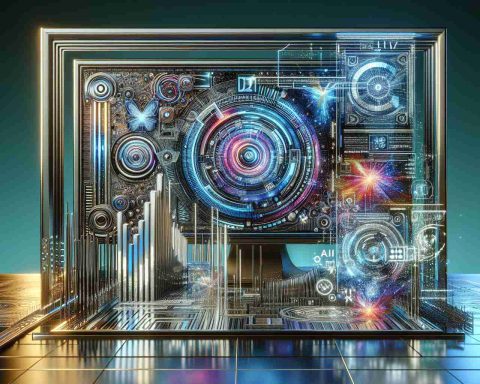Artificial intelligence is advancing rapidly, prompting speculations on when it will start significantly replacing human labor. However, beyond the concerns lies a critical obstacle – the shortage of human workers could hinder the progress of the AI industry.
While chip manufacturers like Taiwan Semiconductor Manufacturing Company (TSMC) are experiencing soaring sales due to the demand for AI chips, the stocks tied to AI have been volatile recently. Factors such as geopolitical tensions and natural disasters pose risks to companies like TSMC.
One crucial issue often overlooked is the shortage of engineers and technicians. Building semiconductor factories requires highly skilled workers with advanced degrees, a demand that surpasses the current supply.
Global governments are investing billions to boost chip manufacturing capacity, but it’s evident that capital alone won’t solve the shortage of skilled workers. Building chip factories requires specialized labor, a challenge that countries like the US and South Korea are also facing.
The gap between job requirements and workforce capabilities is widening dangerously in the semiconductor sector, with estimates showing a significant shortfall of engineers and technicians by the year 2029.
As companies struggle to fill skilled positions, the issue of cultural differences and employment practices adds another layer of complexity. Automation and AI can aid in chip design and testing, but the physical manufacturing process still heavily relies on human expertise.
The future landscape of AI and human labor will likely involve a delicate balance between technological advancements and the need for skilled workers. Companies must adapt to the evolving industry to overcome the challenges posed by the changing labor market.
The rapid advancements in artificial intelligence (AI) continue to raise questions about the future of human labor. While the previous article touched on the shortage of skilled workers in the semiconductor industry, there are additional crucial aspects that merit attention.
One important question is: How will AI impact job distribution across different sectors? AI is expected to lead to job displacement in certain industries while creating new opportunities in others. This shift will require proactive measures to ensure a smooth transition for the workforce.
Another key consideration is: What are the ethical implications of AI replacing human labor? While AI offers efficiency and productivity gains, concerns about job security, income inequality, and the ethical use of technology arise. Balancing the benefits of AI with ethical considerations will be essential for societal well-being.
One of the primary challenges associated with the integration of AI and human labor is the need for upskilling and reskilling. As AI automates routine tasks, workers will need to acquire new skills to remain competitive in the evolving job market. Ensuring access to quality training programs will be pivotal in empowering individuals for the future workforce.
Additionally, a controversial topic is the role of governments in shaping AI policies. Governments play a crucial role in regulating AI implementation, addressing workforce displacement, and fostering innovation. Balancing innovation with regulations to protect workers’ rights and privacy is a complex task that requires collaboration between policymakers, industry leaders, and society.
Advantages of AI in the labor market include increased efficiency, productivity, and innovation. AI can streamline processes, optimize decision-making, and lead to the development of new products and services. This can result in economic growth and improved standards of living for societies worldwide.
However, disadvantages such as job displacement, skills gaps, and ethical concerns need to be addressed. The potential loss of jobs to automation, the need for continuous skill development, and the ethical dilemmas surrounding AI use present challenges that require thoughtful solutions.
For further insights on the future of AI and human labor, you may explore reputable sources such as World Economic Forum and Brookings Institution. These institutions provide in-depth analysis, research, and discussions on the intersection of AI, labor, and societal implications, offering valuable perspectives on navigating the evolving landscape of work in the age of artificial intelligence.

















